Affiliate links on Android Authority may earn us a commission. Learn more.
Your phone won't charge? Try these simple fixes
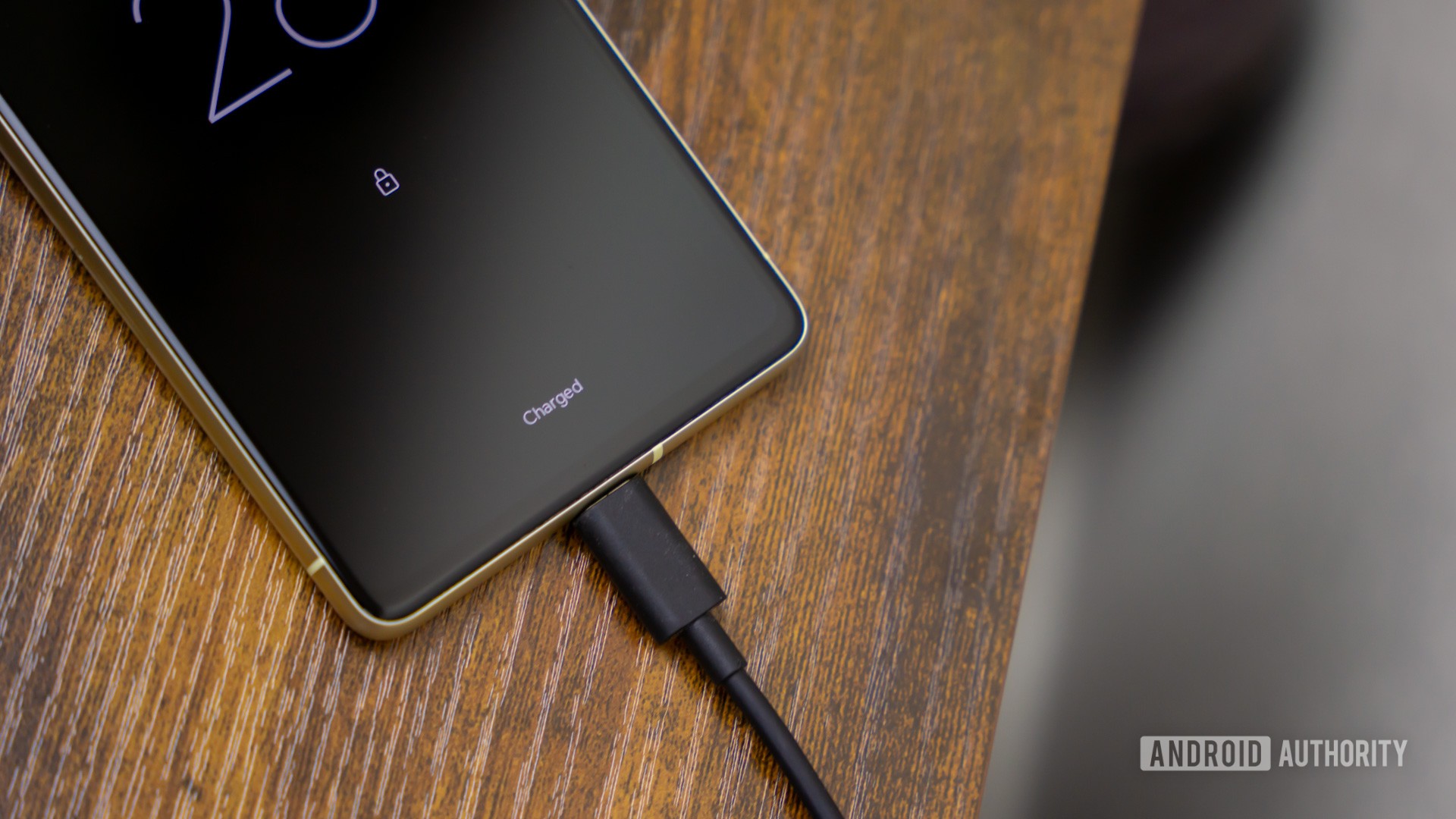
It has been a long and busy day. You get home with a nearly dead smartphone battery and finally plug it in, only to find out the thing isn’t charging anymore! It’s normal to freak out for a bit, but don’t lose hope just yet. Here are some quick solutions you can try if your phone won’t charge.
Editor’s note: Any instructions in this post were formulated using a Google Pixel 8a running Android 15 and an Apple iPhone 12 Mini running iOS 18.1. The steps might be a bit different for your specific device.
Check out the Ampere app
Ampere is an excellent app for checking if your phone is charging and how much it’s charging. It essentially identifies how much current is being drawn in from your device when it charges. Because of this, the app is great for seeing if your phone is charging at all and for seeing which charging method is the best.
Give it a go and see the status of your phone battery while plugged in. If the number in the app shows up green, the device is charging, but if it’s a negative orange number, your device is using power.
Is your cable in good condition?
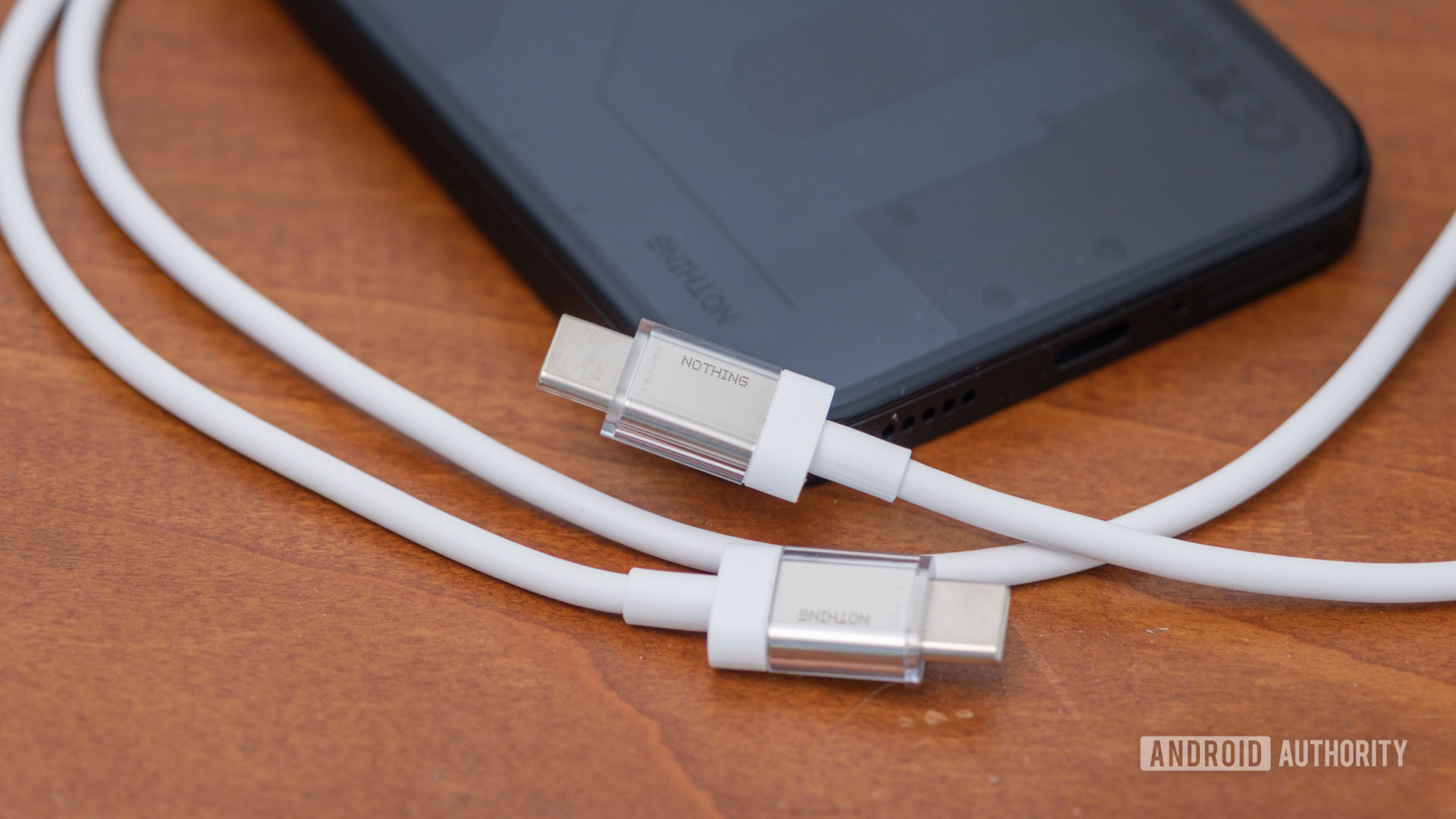
If your phone won’t charge, this could be due to many reasons, but the cable is one of the first things you should check. Especially if it’s an accessory you’ve had for a long time, possibly since the phone was purchased. Our cables go through plenty of torture. We tend to take them to many places, not to mention we can often step or trip on them. They often get tangled up, we throw them in bags carelessly, and so on.
Inspect your Android or iPhone charging cable thoroughly and see if there are any evident signs of damage. Any rips, bends, cuts, or general damage will be a good reason cables malfunction. Also, try to charge another device with it and see if it works. If it does, the issue might be the device. You can also try using another cable to see if it will charge your smartphone battery.
If you find out a damaged cable is the issue, you’ll need to find a replacement.
How about the adapter?
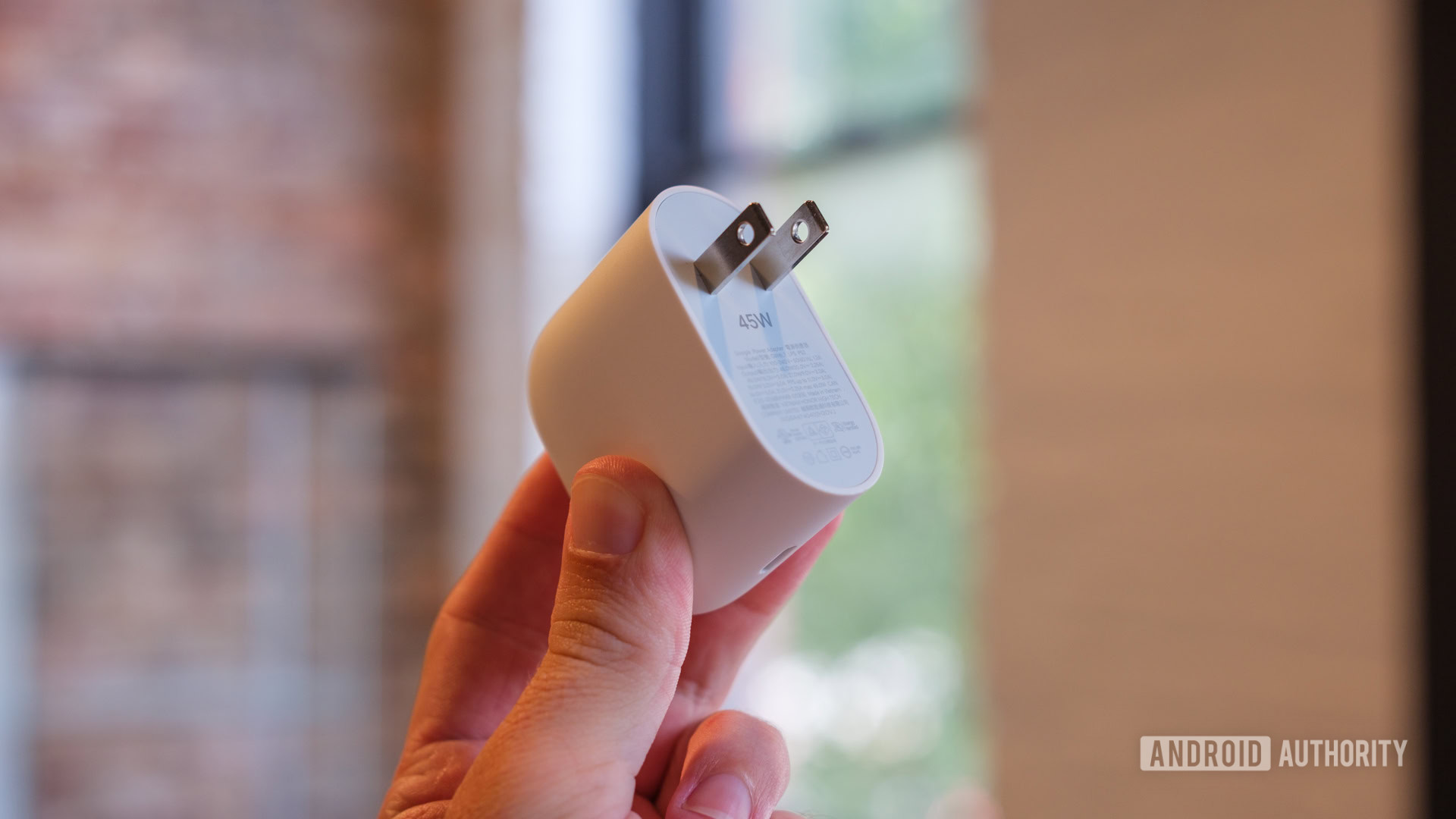
Of course, the Android or iPhone wall charger is just as important as the cable. Go ahead and put it through the paces if your phone won’t charge. Inspect it for any obvious damage. Cracks or bent outlets are instant red flags. Likewise, try using it with other devices and switching it with another brick to see if this is the problem.
Here’s our list of the best wall chargers to find a good alternative to your damaged one. We also have a guide for picking the right charger for your phone.
Check your charging port
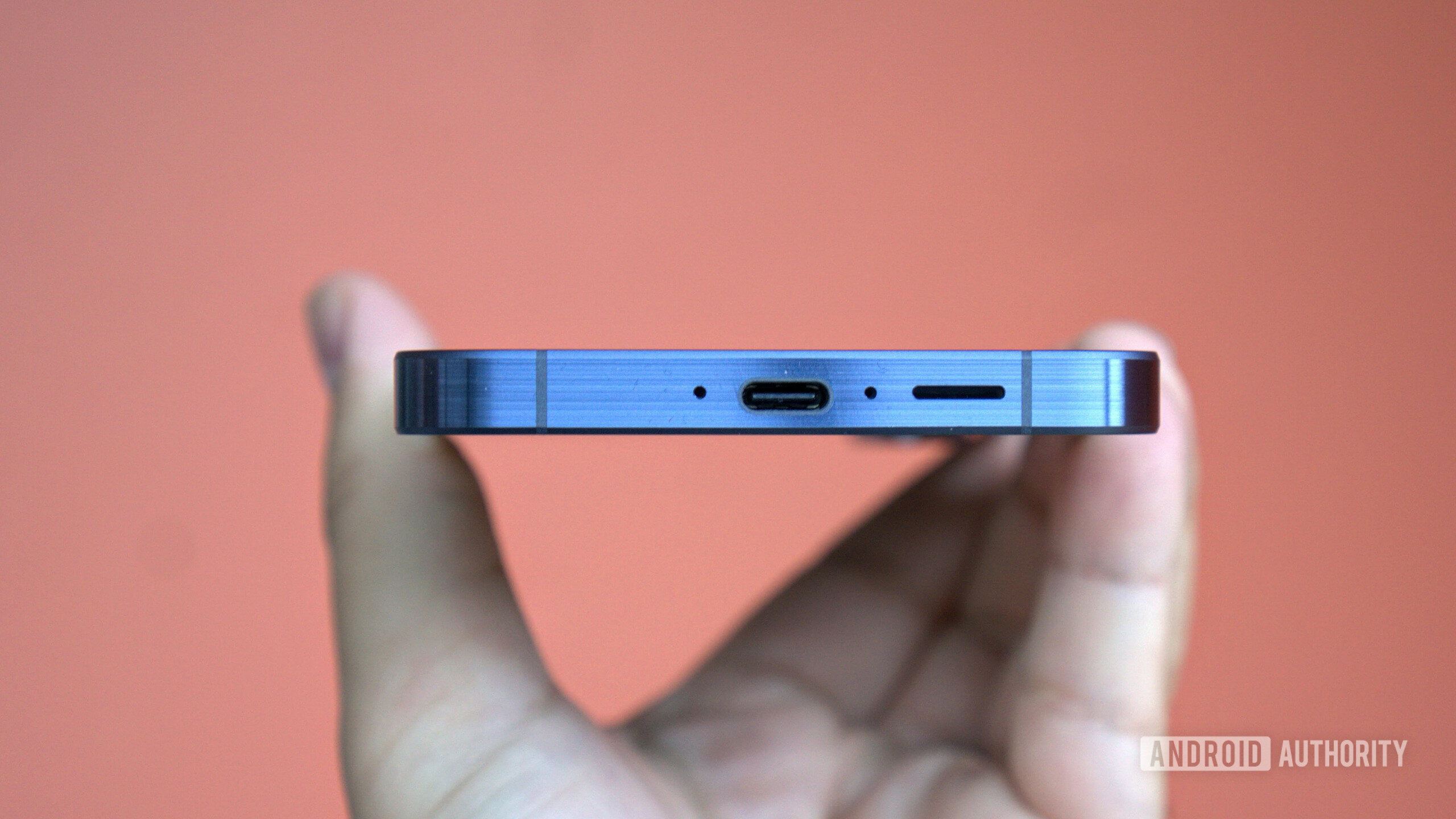
Funny story. I had been living with an iPhone that wouldn’t charge efficiently for months. I resorted to using a MagSafe charger instead. One day, I had the brilliant idea of trying to clean the Lightning port. I dug in there with a pin and pulled out an impressive amount of lint that had been compressed in there for who knows how long. Now it charges perfectly!
What is the moral of the story? The reason why your phone won’t charge could be something as simple as a dirty port! Go ahead and check for any dirt or debris in the port. You can try cleaning the charging port with a brush or compressed air. We wouldn’t advise using a pin (like I did). Sharp metal can damage the port if you poke it a bit too harshly. If you must poke in there with something, at least use a toothpick instead, and be very careful, as it can still damage the port.
There are different types of chargers. Currently, the most common are USB-C and Lightning, but there is also micro-USB. If your cable’s connection can’t go into your device, chances are you are using an unsupported cable. Make sure you are using the correct standard.
Also, sometimes, debris in the port can stop cable tips from going into the port. Check in there and see if anything is blocking the way.
Any compressed air disposable can should work. If you often need compressed air, investing in an electric compressed air machine might be a good idea. There are many on Amazon, but I’ve personally used the XPOWER A-2S for a few years and have no complaints so far.
Have you noticed the port feeling loose lately? Ports can get worn out with excessive usage. You could also find signs of corrosion in there. Sadly, there isn’t much you can do about this, other than replacing the phone or trying to replace the port.
Test a wireless charger
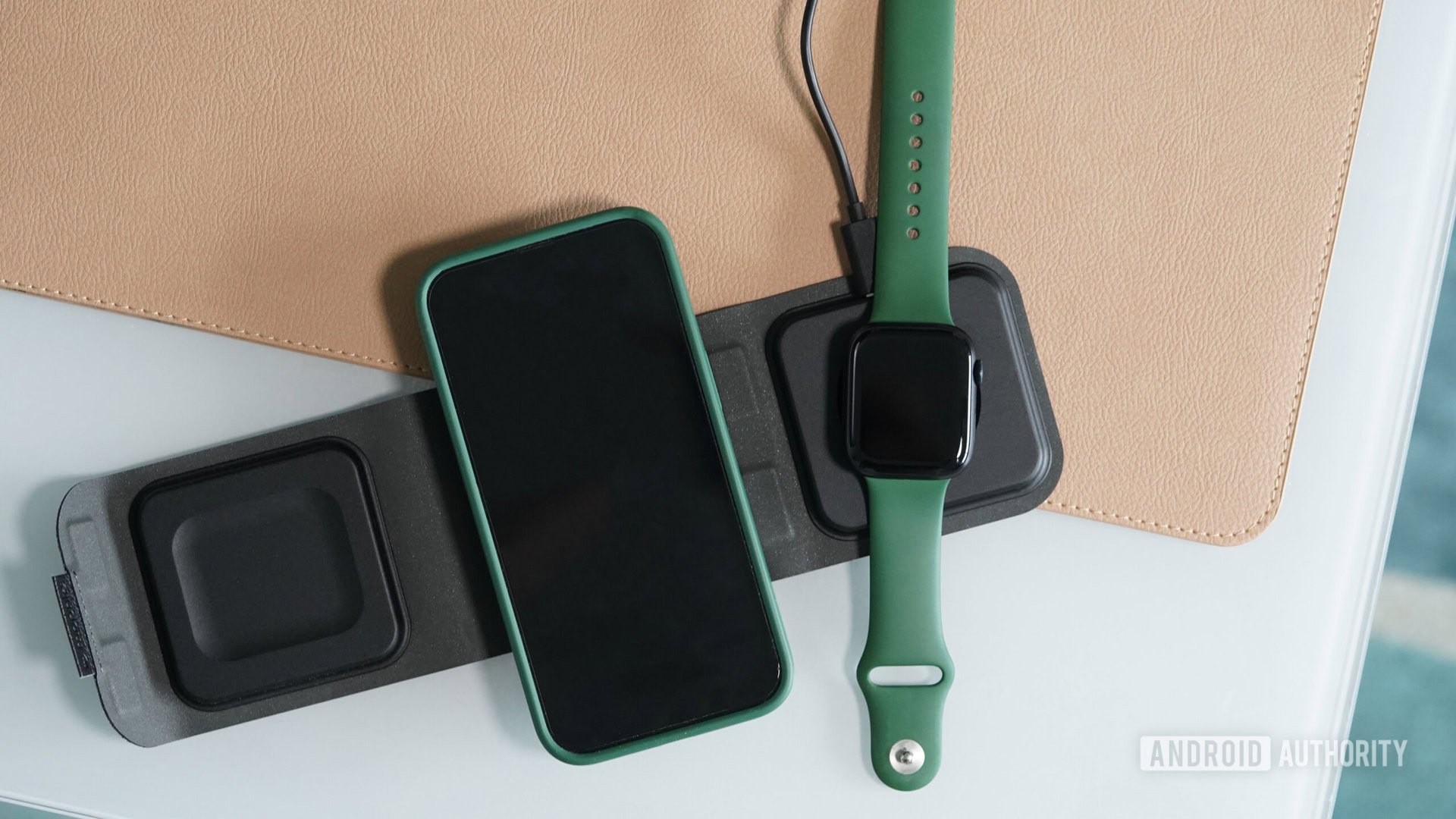
Given that your phone supports wireless charging, and you have a wireless charger, this is an easy way to test if the problem is related to the phone’s port or accessories. Just try to charge your Android device or iPhone with a wireless charger. This could also be a temporary solution to keep your phone working until you figure out the problem and get it fixed. You might have a bigger battery-related issue if your phone isn’t charging with a wireless charger either, though.
Try a different power source
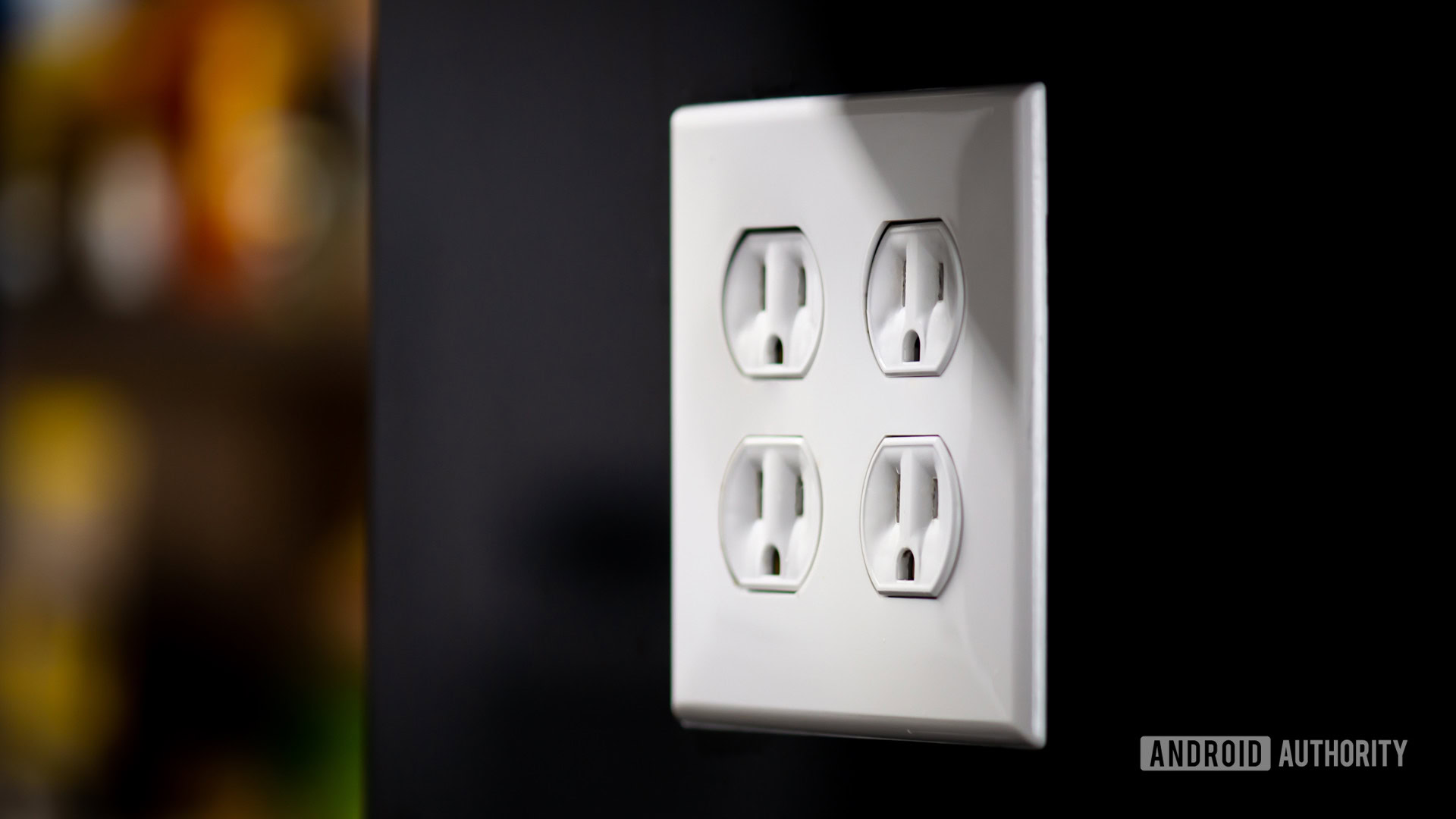
Plug something else into the same outlet you’re trying to charge your phone with and see if it works. Sometimes, outlets go bad, or a section of your home might have electric problems. Additionally, some power sources can be weak. If you find issues with your outlet, try other outlets in the house.
Those trying to charge using a USB port in a computer or power strip might not be getting the juice the smartphone needs to charge correctly. Move to a regular outlet and see if this gets rid of your charging woes.
Turn your phone off or restart it
This is a magical fix for all things tech, and it works most of the time. Sometimes, a simple restart will get all your phone’s gears in place and have it working correctly. Turning off your phone completely might also help your smartphone battery charge better. Any heavy usage or background processes can affect charging performance. Turning your phone off will leave all resources clear so your device can focus solely on charging.
How to turn off or restart an Android phone:
- Press the side and volume up buttons simultaneously.
- Select either Power off or Restart.
How to restart an iPhone:
- Simultaneously press and hold the side and either the volume down or volume up button for a few seconds.
- Release when the power menu shows up.
- Use the slide to power off slider to turn off the device.
- When the iPhone is completely off, press and hold the side button until you see the Apple logo on the screen.
Can you replace the battery?
Smartphones with a removable battery are very rare these days, but if you still have one of these gems, you could try a few fixes. For starters, trying something like removing the battery and putting it back in place might get everything working again. Aside from that, you could try getting a brand-new battery and replacing the old one. This will be much cheaper than fixing or replacing a device.
It’s also possible to replace a non-removable battery, but this requires much more skill and effort. You would have to open up the device, tinker with hardware, and maybe even do some soldering. If you’re going to replace a battery on a device with a non-removable battery, we would advise that you trust a professional with the process instead of doing it yourself. If your device is still covered under warranty or insurance, try those first. Otherwise, there are big retailers that will do the job for you, such as Best Buy. Alternatively, you can try looking for a local phone repair shop.
Did you completely deplete your battery?
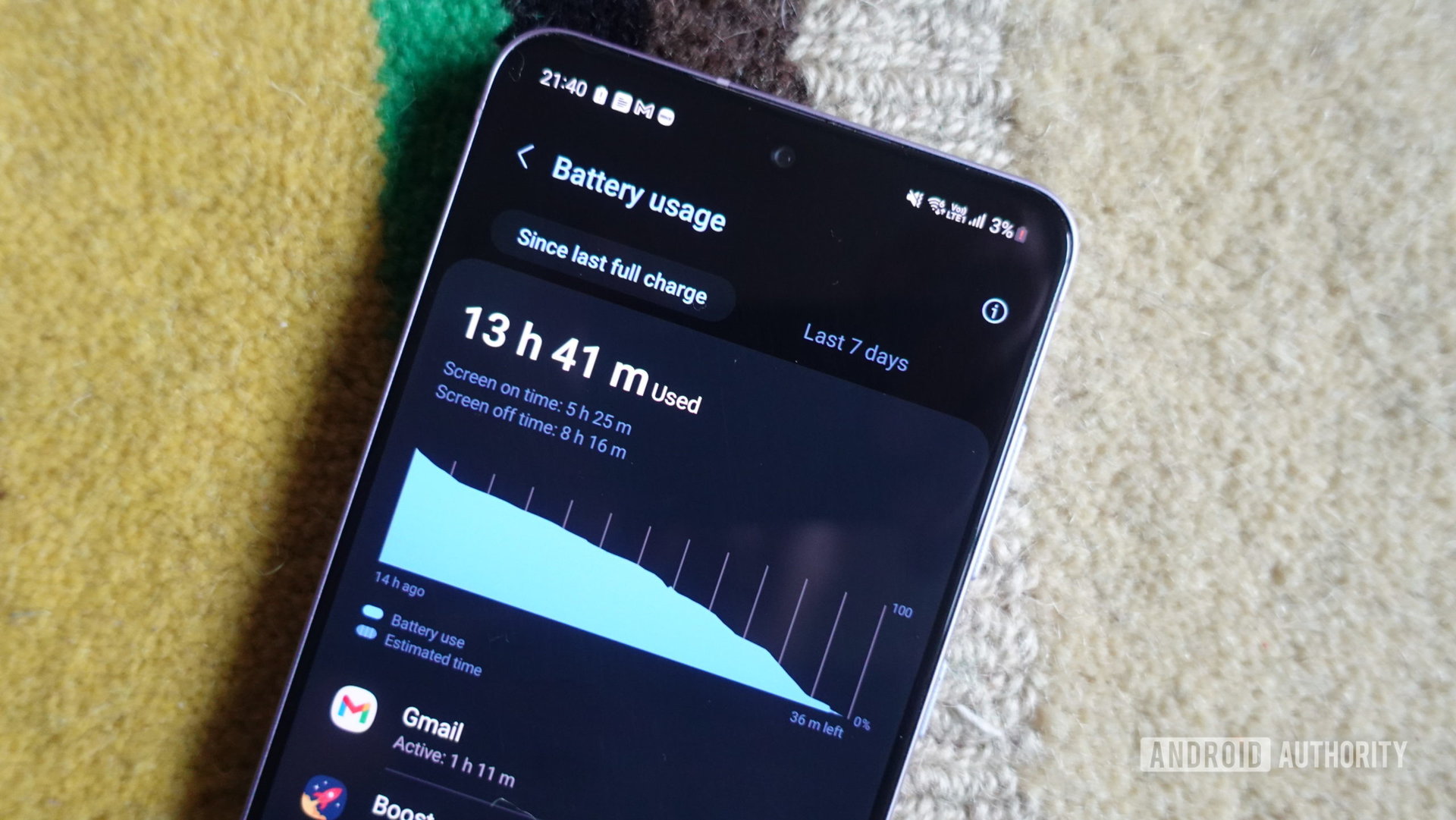
Your phone needs at least some power to continue operating correctly, even if it is simply for initiating the charging process. Both Android and iPhone devices actually turn off a bit before the battery reaches zero, just so they can have some energy to manage things the next time they need to do anything. It’s common to run into problems when you deplete batteries completely. Luckily, those in this position are the luckiest of the bunch, as it’s not a serious problem.
You’ll have to be more patient and leave the phone plugged in longer. Eventually, the phone will wake itself up and start charging. You can try a soft reset, which is done by pressing the side button for about 30 seconds on Android. iPhone users will need to press the volume up button, press the volume down button, then press and hold the side button until the screen turns off.
Check for software updates
A simple solution might be to check for software updates. Of course, this is given you have some power to go through the upgrading process.
How to update your Android phone:
- Open the Settings app.
- Go into System.
- Tap on Software Updates.
- Tap on System update.
- Hit Check for Update.
- The phone will let you know if your device has available updates. Follow the instructions to complete the update.
How to update your iPhone:
- Launch the Settings app.
- Go into General.
- Tap on Software Update.
- The system will look for updates. If there are any available, hit Update Now.
What should I do if nothing works?
Now that you’ve tried all these methods for fixing a phone that won’t charge, it’s time to pull out the bigger guns. Is there anything else you can do? First, you should look into your warranty or insurance status. Most phones come with a one-year warranty, and the manufacturer should take care of any fixes, given that the issue isn’t directly your fault. If you dropped the device or dunked it in water, then that’s considered accidental damage. Many insurance plans cover accidental damage, so check if you bought insurance and see if you can get your phone replaced.
If all else fails, you can try replacing your device. Check out our list of the best Android phones for some recommendations. Even better, you should consider one of the best phones with the best battery life. And remember to exercise good charging habits in the future, to extend your battery’s life.
FAQs
If your phone says it is charging, but you don’t see any progress, this could be due to a combination of reasons. For starters, it might just be that your phone is charging fast enough. Make sure you have a charger that can charge as fast as your phone can handle. Additionally, it could also be that your phone is using more battery than it is taking in. Avoid using your phone while plugged in, as this can both use a lot of resources and further heat up the device, which also slows down charging. Additionally, try to minimize background app activity.
There are multiple factors that could be stopping your phone from charging too fast. First, make sure both your wall charger and the cable can handle your phone’s charging speeds. Also, try to avoid overheating, as this slows down charging speeds. Maybe set the phone in a cooler place, or away from direct sunlight.
Take a look at your settings to see if Adaptive Charging is enabled. This feature elongates battery health, but can slow down charging speeds. Go to Settings > Battery > Charging optimization > Adaptive Charging and toggle off Use Charging optimization.
If your charging cable’s tip doesn’t go into the port and stay in there firmly, you could be running into one of two issues. It could just be that there is debris in the port, which can stop the tip from going in entirely. The second possibility is a bit more worrying, as it could be that your phone’s charging port might be loose due to wear and tear. If this is the case, the only solution is to get it fixed or replace the device.